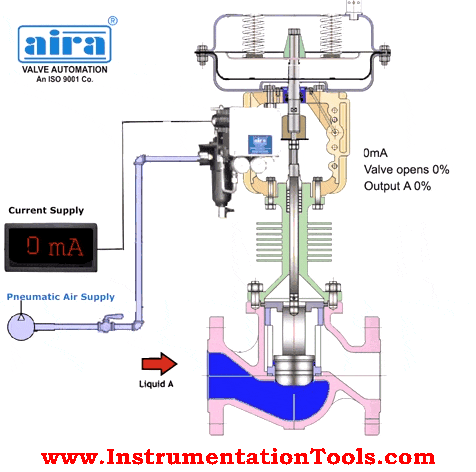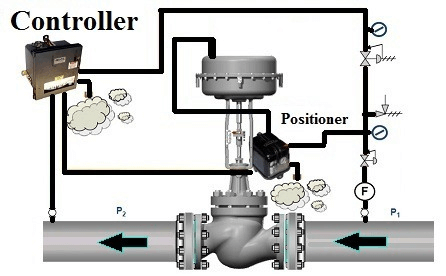
Maximize Power Financial Savings and Convenience With Advanced Building Automation Controls
In the world of contemporary architecture and facility administration, the assimilation of sophisticated building automation manages stands as a pivotal advancement. The merging of modern technology and sustainability has birthed a new age where energy effectiveness, convenience optimization, and functional streamlining are no more remote ambitions however achievable truths. By utilizing the power of automation, structures can adjust, respond, and progress in manner ins which were as soon as unthinkable. The capacity for significant power cost savings and boosted convenience is not simply a possibility but a pledge waiting to be satisfied. This paradigm shift in structure management holds the key to unlocking a globe where environmental conscientiousness and owner wellness harmoniously coexist within the wall surfaces of our frameworks.
Power Efficiency Conveniences
Power effectiveness advantages can significantly decrease power usage and functional prices in buildings. By applying energy-efficient methods and modern technologies, structure owners and operators can achieve considerable financial savings while also adding to environmental sustainability. Among the key benefits of improving power efficiency in buildings is the reduction of energy expenses. Energy-efficient systems, such as sophisticated building automation controls, can optimize using resources like heating, air conditioning, and lighting, bring about lower power costs with time.
Moreover, boosted energy efficiency can lengthen the life expectancy of building tools and systems. By running more successfully, HVAC systems, lighting fixture, and various other structure components experience much less wear and tear, resulting in decreased upkeep and replacement prices. Furthermore, energy-efficient structures usually command greater residential property values and rental prices, supplying long-lasting financial advantages to owners.
Furthermore, energy efficiency can improve owner comfort and productivity. Effectively controlled indoor atmospheres with optimum lights and thermal conditions produce an even more pleasurable and favorable workspace, causing boosted employee contentment and performance. In general, the energy efficiency advantages linked with advanced building automation controls are complex, including cost savings, ecological stewardship, and occupant health.
Boosted Convenience Control
Enhancing convenience control in building environments calls for an innovative combination of advanced automation systems for optimum occupant well-being. By utilizing advanced structure automation controls, facilities can customize the interior atmosphere to meet the details requirements and choices of owners. control valves.
Boosted comfort control surpasses fundamental temperature changes. It includes attributes such as individualized setups, occupancy sensing units, and natural light use to create a receptive and dynamic setting. By integrating these sophisticated controls, buildings can not only boost comfort however also enhance power effectiveness by maximizing system operations based on real tenancy and usage patterns. Inevitably, focusing on occupant comfort through sophisticated automation systems results in a much more pleasurable and healthier indoor setting.
Functional Performance Improvements

Furthermore, the execution of real-time tracking and analytics tools makes it possible for building drivers to determine energy inadequacies and operational anomalies promptly. By continuously keeping track of power use patterns and system performance metrics, changes can be made in real-time to enhance power usage and guarantee peak operational performance. control valves. Additionally, integrating need reaction techniques into building automation controls can better improve functional effectiveness by dynamically readjusting energy usage based on grid conditions and pricing signals
Indoor Environment Optimization
Efficient interior climate optimization is a basic aspect of building automation controls, basics ensuring residents' convenience and wellness while making the most of power financial savings. By making use of innovative sensors and controls, constructing automation systems can continually adjust and monitor temperature, moisture levels, air high quality, and ventilation to develop an optimum indoor atmosphere. Maintaining constant and comfortable problems not just improves owner complete satisfaction yet also boosts productivity and overall health.
Indoor climate optimization additionally plays a vital function in power efficiency. By fine-tuning cooling, ventilation, and heating systems based upon real-time data and occupancy patterns, developing automation controls can considerably decrease energy intake - control valves. Applying approaches such as demand-controlled air flow and thermal zoning can help decrease energy waste while making sure that each area of check these guys out the structure gets the necessary conditioning.

Lasting Atmosphere Production
Building automation controls not just enhance interior climate problems for power performance and resident convenience however additionally lay the structure for developing a sustainable setting through strategic monitoring of systems and sources. By integrating innovative building automation technologies, such as sensors, actuators, and smart software, centers can change and monitor energy use in real-time to reduce waste and lower their carbon footprint. These systems enable anticipating maintenance, recognizing potential issues prior to they rise and optimizing devices efficiency to enhance long life and efficiency.
Additionally, lasting environment creation expands beyond energy monitoring to encompass water conservation, waste reduction, and indoor air top quality improvement. Building automation controls can regulate water usage, spot leakages, and ensure appropriate garbage disposal techniques, adding to overall sustainability efforts. Furthermore, by regulating and checking air flow and purification systems, these technologies enhance resident health and efficiency while lowering power intake linked with cooling and heating operations.
Final Thought
To conclude, progressed structure automation regulates offer considerable benefits in regards to power cost savings, convenience control, functional effectiveness, indoor environment optimization, and developing a lasting environment. By executing these controls, index buildings can achieve optimum efficiency while decreasing energy usage and improving occupant convenience. It is obvious that the use of sophisticated automation innovation is vital in improving building performance and developing a much more lasting future.
Power effectiveness benefits can considerably decrease power consumption and functional costs in structures. On the whole, the power effectiveness benefits linked with sophisticated building automation controls are diverse, encompassing cost savings, environmental stewardship, and occupant health.
Furthermore, including need response techniques right into structure automation controls can better enhance operational efficiency by dynamically changing power use based on grid problems and rates signals.
Building automation manages not just enhance indoor climate conditions for energy effectiveness and passenger comfort yet additionally lay the structure for developing a lasting atmosphere with strategic management of systems and resources.In verdict, progressed structure automation regulates deal substantial advantages in terms of power cost savings, comfort control, functional performance, indoor climate optimization, and creating a lasting atmosphere.